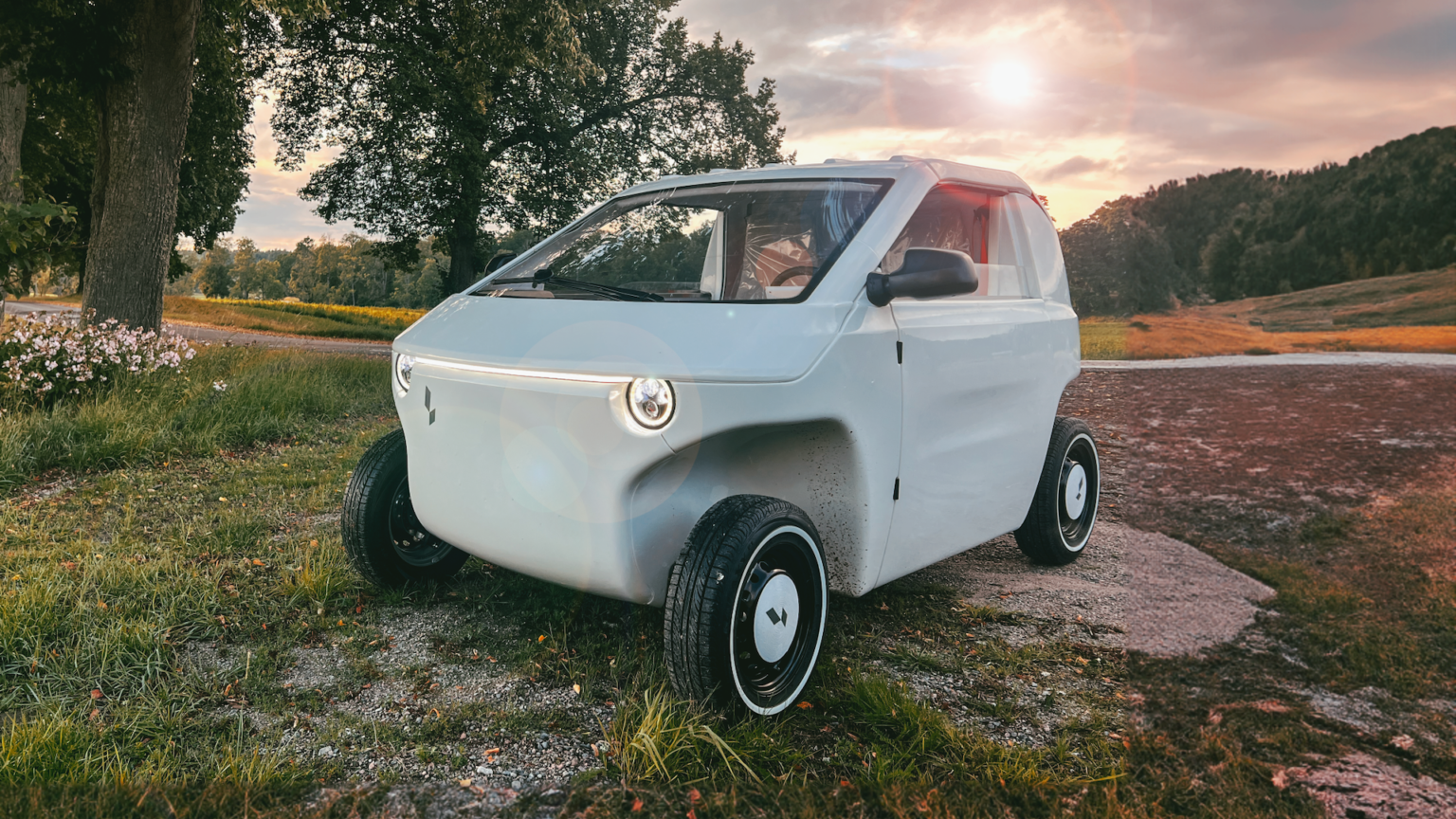The 21st Century will be about redefining the vehicle with the expansion of battery-electric cars and autonomous driving. Those sea changes will change not just the end product but how automakers manufacture vehicles. Stellantis is partnering with a Swedish firm, Luvly Ab, to evaluate using a technology that could be game-changing for vehicle production: Ikea-style flat pack shipping.
Luvly’s Innovative Flat-Pack System Works Like Ikea Furniture
Luvly gets its name from “Light Urban Vehicle.” Its modular system builds a chassis with flat composite panels and aluminum connectors that also serve as mounts for components like the suspension, motor and body panels. The panels and connectors can create a wide variety of electric vehicle designs as needed: two-seaters, four-seaters, and pickups. Like Ikea furniture, one of the main benefits of this construction is the potential for dramatic savings on shipping costs. According to Autocar, Luvly claims to be able to fit 250 unassembled vehicle bodies into a 20-foot shipping container, which could typically hold one or two fully assembled cars. Even partially replicating that would cut shipping costs dramatically.
Though Luvly Is Envisioning Electric Microcars, Not Automobiles
Luvly plans to use the flat-pack technology not for cars but for European microcars called quadricycles. Quadricycles are classified as four-wheeled mopeds. Prominent examples include the Citroën Ami and the Renault Twizy. The “heavy” class of quadricycles are capped at 20 HP and limited to a top speed of around 55 MPH. Luvly’s “O” prototype is supposed to offer 62 miles of EV range with a 6.4-kilowatt-hour swappable battery, hit a top speed of 56 MPH and retail for less than $11,000 in Europe. Luvly has not yet put it into production.
A significant difference between cars and quadricycles is that cars have to meet more stringent safety standards (and be able to take the hairpin at Monaco). This makes cars heavier, more complex, expensive, and far less amenable to modular panel construction and flat-packing.
TopSpeed’s Take
Flat-packing and modular vehicles aren’t short-term technologies that immediately impact car buyers. Don’t envision picking up your next-generation Jeep Wrangler in boxes from the warehouse below the showroom to assemble with an Allen key and some inscrutable pictorial directions. However, this could be an idea with more purchase in the long term as “mobility” broadens with autonomous vehicles.
Self-Driving Cars Could Join The Mobility Landscape
Autonomous vehicles may not be so far off in the future; Tesla is promising to have robotaxis on the road by mid-2025. One of the main questions that technology will raise is why people would buy their own personal vehicles (if huge autonomous fleets offer affordable rides). And if people aren’t buying one car to do everything, that could leave room for many smaller and more specialized types of “mobility” vehicles that look nothing like cars. Those vehicles could be cheaper if they were modular and flat-packed.
Read the full article here


